When my husband and I were in high school, everyone hung out at a local coffee shop with a giant statue of a vagabond out front called Hobo Joe's. They had the best French fries and pretty good apple pie. Our group claimed a corner booth as our own where we would talk for hours about who was dating whom, the Viet Nam war, the 1972 Presidential election (although none of us were old enough to vote!) or whatever was in the news. Not long after I graduated, Hobo Joe's closed; the giant statue disappeared and the building was remodeled into something else.
I was surprised to learn that one remaining statue of the 25-foot-tall hobo remained in Buckeye (#6). It was built in the early 1980's by sculptor Marvin Ransdell for Hobo Joe's but the Arizona chain went bankrupt before it could be used. After Ransdell died a few years later, his friend acquired the statue and erected it in front of his slaughterhouse in Buckeye as a memorial to Ransdell.
Seeing the giant foot-loose and fancy-free nomad brought back a wave of nostalgia!
We traveled on to Quartzsite where we visited Barrett's Village (#86) on the grounds of the Quartzsite Historical Society. Walter Barrett of Ferndale, Washington was a rock hound who wintered in Quartzsite beginning in 1970 and later moved there permanently. He hated to "waste" any of the rocks he didn't use to make jewelry so he began looking for some other use for them. He and his wife noticed many birds in their yard so his first project was making a stone birdbath. After that, he built a miniature village complete with a lighthouse, a church, a model of his childhood home in North Carolina, his sister's home and many other structures, the tallest of which is only about 24 inches tall. These miniature dwellings resided in his yard and upon his death, his children donated them to the town of Quartzsite rather than break up the village.
Like many young girls, I really, really wanted a doll house. Although I never had one, I imagine if I had, it would have had the same unique character that Barrett gave his houses. Strolling through Barrett's Village reminded me of that childhood desire.
The third place was Palm Canyon about 18 miles south of Quartzsite in the Kofa National Wildlife Refuge on US 95. The smooth, paved road (US 95) gave way to 30 minutes on a graded, ribbed road that rattled our heads as we headed toward a mountain.
The view from the dirt road as we headed closer to the mountain was filled with lots of cactus! Our destination is the shaded canyon in the center of the picture.
After reaching the parking area, we hiked about half a mile on a very rocky trail.
Finally we reached the area where Palm Canyon came into view from our trail. It is an extremely narrow canyon in the side of the mountain- a difficult and steep hike to actually get into the canyon.
We brought binoculars to view the canyon as it was about a quarter of a mile away.
With magnification, we could see about two dozen palm trees nestled in the canyon. It was close to noon when we arrived and the sun hit the narrow canyon lighting up the trees.
What makes these palm trees so special? It is the only native palm grove in Arizona. They are Washingtonia filifera (California Fan Palms, not date-bearing palms) and are probably the descendants of palms growing in the region during the last periods of North American glaciation. Botanists think the trees gradually spread into these canyons and other protected niches as the climate warmed to desert conditions. Birds and mammals may also have carried seeds from other palm groves in their digestive tracts. It was certainly odd to see such green palms in a rocky desert canyon; the other vegetation in the area was typical desert fare- palo verde, mesquite and ironwood trees mixed in with a lot of cactus.
The vista from where we viewed Palm Canyon was beautiful!
(You can see our car at the end of the dirt road!)
As a child, I watched tv shows (Gilligan's Island) and movies (South Pacific) that were set in tropical locales with lots of palm trees and remember wondering why there were so many palm trees in arid Arizona. As an adult, I realize that people plant them to remind them of more temperate places. Never did I imagine that there would be palm trees native to Arizona!
Thumb Up or Down: Up times THREE!
Miles Round-Trip: 360 miles
Miles To Date: 3535.6 miles
Percentage of List Completed: 35%
Date of This Trip: February 29, 2012
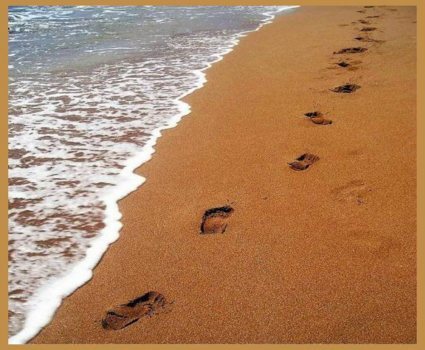
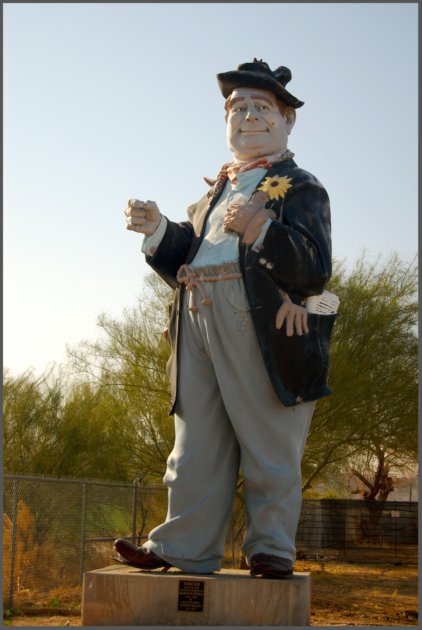

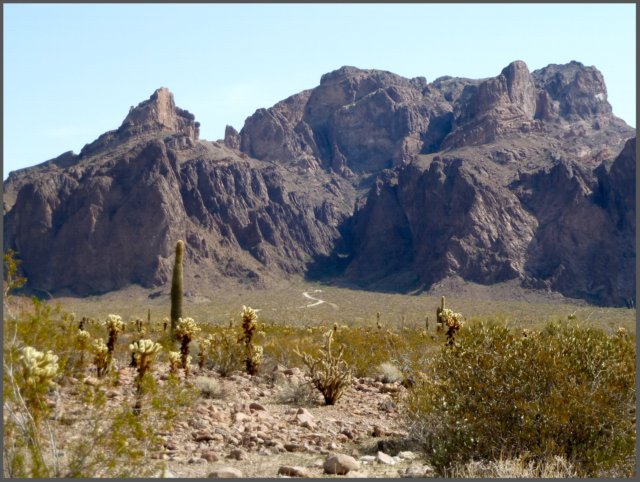
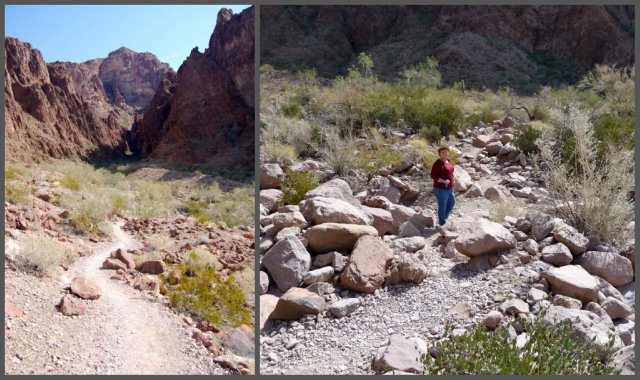
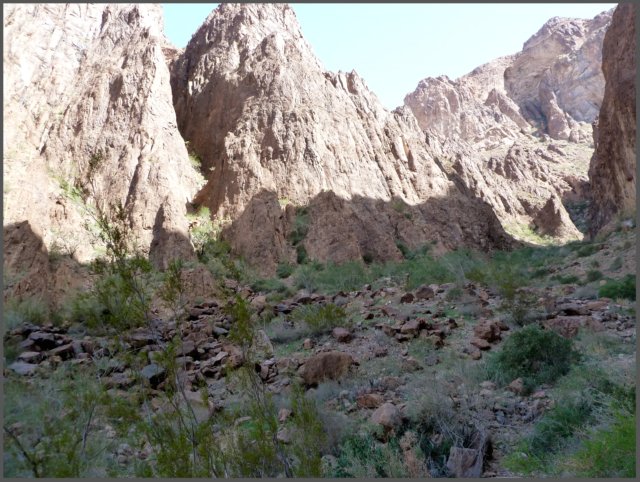
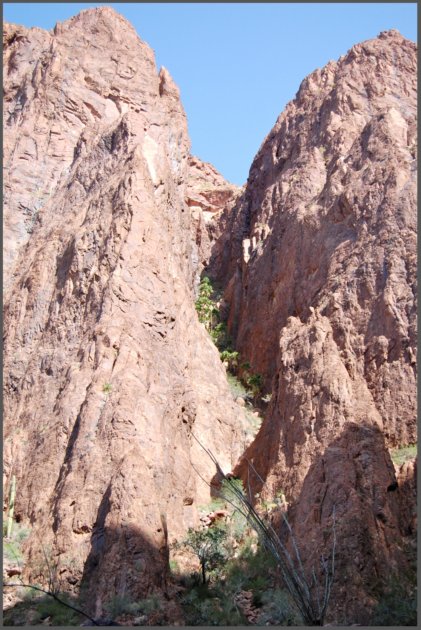

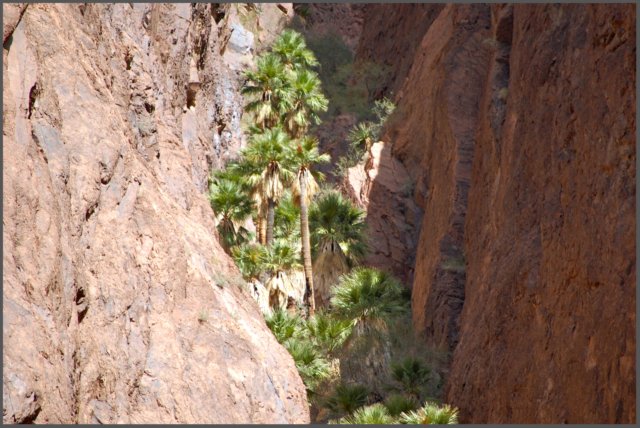

No comments:
Post a Comment